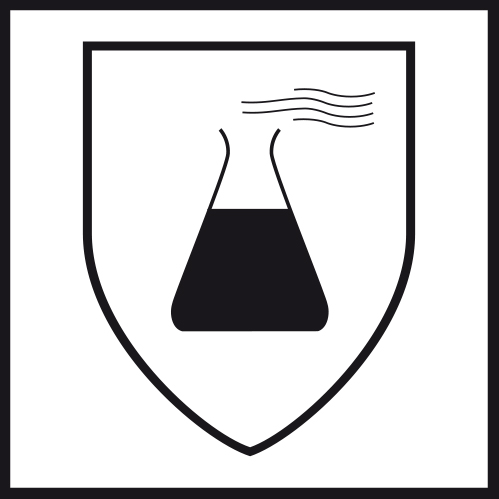EN 13034:2005+A1:2009 - Protective clothing against liquid chemicals


Performance requirements for clothing that provides limited protection against liquid chemicals
Standard for protective clothing that provides limited protection against chemicals in liquid form. Suitable for work in environments where there may be a risk of chemical spatter, but where a total chemical barrier is not necessary.
The standard has two classes:
- Type 6 protective clothing has been tested as a full-coverage suit.
- Type PB[6] (Partial Body protection) has not been tested as a full-coverage suit.
Design requirements
Seams must prevent liquid from penetrating through stitches or through other seam components, and ensure that liquid drains off. There must be no folds/layers/pockets or similar where chemicals can accumulate.
Requirements for textiles
Mechanical strength, liquid repellency, resistant to liquid penetration.
The following chemicals are tested according to EN 14325:
- Sulphuric acid, H2SO4, 30%.
- Sodium hydroxide, NaHO, 10%.
- O-xylene, undiluted.
- 1-butanol, undiluted.
User information
Before use, the clothing must be checked to ensure that it is intact, that it fits and that the user knows how to open and remove it. Two-piece protective clothing must be used together to achieve the specified level of protection. If chemicals accidentally splash onto clothing, you must move away from the area, carefully remove the clothing, and make sure that you do not get chemicals or liquid on your body. The garment must then be washed/cleaned, and then treated according to the washing instructions, so that the protective properties are not destroyed by dirt. If this is not possible, the garments should be taken out of use.
